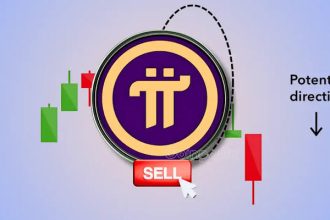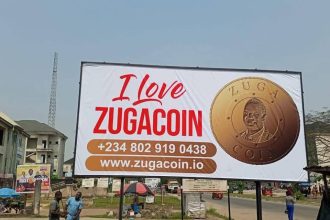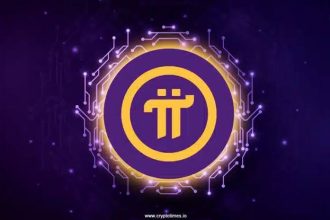Blockchain technology, heralded as the future of secure and efficient transactions, occasionally encounters a roadblock: network congestion. Imagine this phenomenon as a rush hour traffic jam, where there are more cars (transactions) trying to get on the highway (blockchain) than the onramps (mempool) can accommodate. This results in a backlog of unconfirmed transactions, causing delays and frustration among users.
In the analogy, blockchains represent highways, and the mempool acts as the onramp. The more transactions flooding the blockchain highway, the more clogged the mempool onramp becomes. Several factors contribute to this congestion, including the block size and block creation time, which determine the available space for transactions on the blockchain highway.
One of the main triggers for network congestion as highlighted by CoinMarketCap is a sudden surge in transaction volumes. This often occurs when popular new tokens, NFT collections, or other digital assets are launched, leading to a rapid influx of transactions. Such spikes overwhelm the blockchain’s capacity, resulting in delays and increased transaction fees, known as gas fees in the case of Ethereum.
A notable example of this congestion occurred in May 2022 when Yuga Labs, a prominent player in the digital space, conducted its highly anticipated digital land sale for its “Otherside” metaverse initiative. While the sale was a resounding success, raising a substantial $285 million for the company, it inadvertently caused chaos on the Ethereum network.
As users eagerly attempted to mint the NFT lands, the Ethereum network became severely congested. The sheer volume of transactions led to unprecedented gas fees, with users collectively paying more than $176 million in transaction fees during the event. This incident highlighted the challenges faced by blockchain networks when coping with sudden and intense transaction loads.
Blockchain developers and enthusiasts continue to explore innovative solutions to mitigate these congestion issues, including upgrading consensus algorithms, increasing block sizes, and optimizing network protocols. As the demand for blockchain technology grows, finding effective ways to manage network congestion becomes crucial to ensuring smooth and efficient transactions in the digital realm.
As we navigate the ever-evolving landscape of blockchain technology, addressing and resolving network congestion remains a priority, allowing users to experience the full potential of this groundbreaking innovation without the frustration of digital traffic jams. Continue Reading












